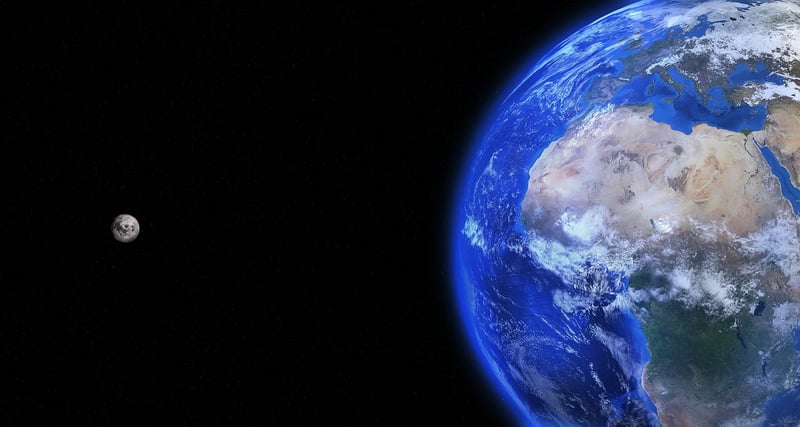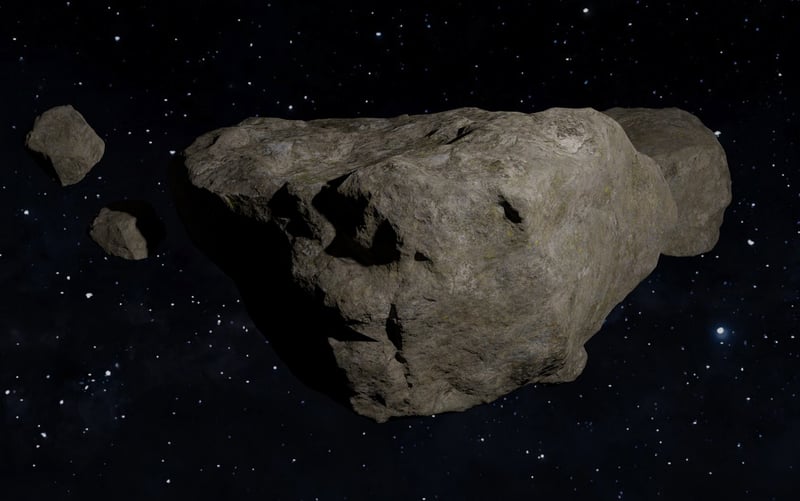Space Rock Studies
Exploring the Wonders of Our Moon and Space Rock Studies
Unveiling the Mysteries of the Moon
The moon, Earth's celestial companion, has fascinated humanity for centuries with its beauty and enigmatic nature. From influencing tides to serving as a navigational aid, the moon plays a crucial role in our planet's ecosystem.
Scientists believe that the moon was formed over 4.5 billion years ago and has been a subject of extensive research to understand its origin, composition, and influence on Earth.
Key Facts About the Moon:
- The moon is Earth's only natural satellite.
- It is the fifth-largest moon in the solar system.
- The moon's surface is covered in craters, plains (maria), mountains, and valleys.
- The moon's gravitational pull causes tides on Earth.
Space Rock Studies: Exploring Asteroids and Meteorites
Space rocks, such as asteroids and meteorites, provide valuable insights into the formation of our solar system and the potential threats they pose to Earth.
Asteroids are rocky objects that orbit the sun, primarily found in the asteroid belt between Mars and Jupiter. Meteorites are asteroids that survive the journey through Earth's atmosphere and land on the surface.
Interesting Facts About Space Rocks:
- Asteroids are remnants from the early solar system's formation.
- The study of meteorites helps scientists understand the composition of asteroids.
- Some asteroids contain valuable minerals and resources for potential future space missions.
Exploring the Cosmos
Studying the moon and space rocks not only expands our knowledge of the universe but also offers insights into Earth's history and potential future exploration beyond our planet.


Join us on an exciting journey through space as we delve into the mysteries of our moon and the fascinating world of space rock studies!
For more information on space exploration and celestial bodies, visit NASA's official website.
